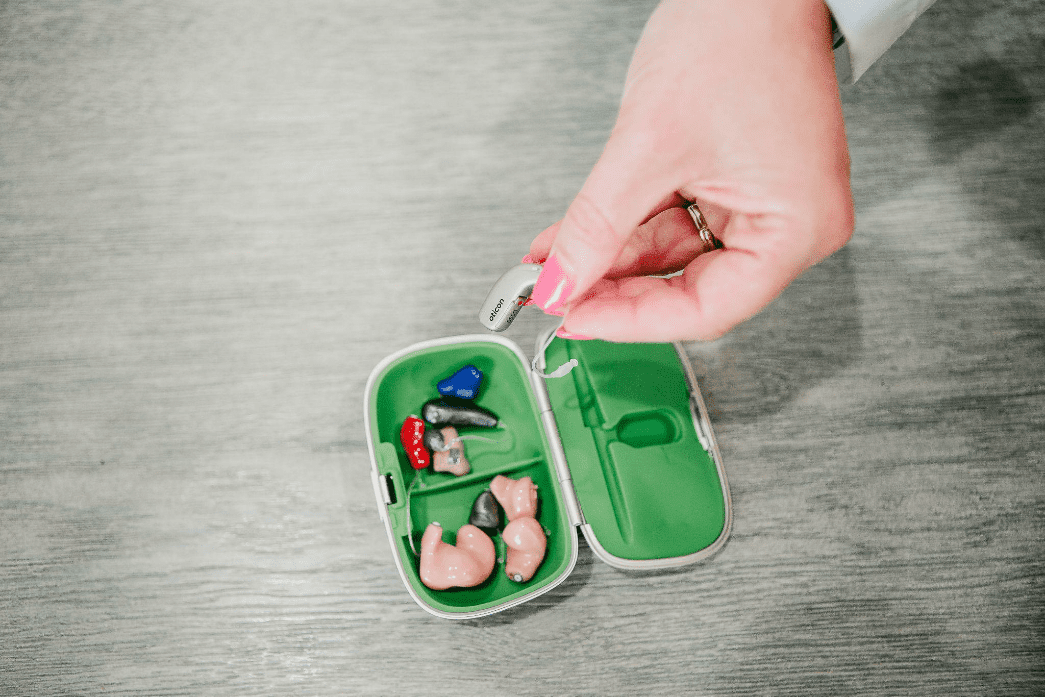- Navigating the Spectrum: Understanding Hearing Impairment Degrees - December 6, 2023
- Living with Hearing Aids in Day-to-Day Life - November 22, 2023
- A Comprehensive Guide to Hearing Aids: Exploring Styles and How They Work - November 21, 2023
If you have a diagnosed hearing loss, you should be wearing hearing aids to help improve your quality of life. However, hearing devices can only work as intended if they’re properly selected and fine-tuned to your lifestyle and needs. A few signs can tell you that your hearing aids aren’t a good match for your ears:
Pain and Tenderness in Your Ear
For patients wearing hearing aids for the first time, there may be slight pain and discomfort in or around the ears. This may last for the first few days before you get used to having the devices on all the time.
However, if the pain you’re feeling lasts longer than that, it may be a sign that the physical fit of the hearing aids needs to be adjusted in some way. This can include modifications to the shell of an in-the-ear hearing aid or a change in the style of the dome on a behind-the-ear hearing aid.
Volume and Feedback Problems
You may be noticing how loud different sounds are. This is normal since your ears are still getting used to hearing sounds as they are instead of a muffled version of them.
All models of hearing aids have volume control to help you get adjusted, and Bluetooth-compatible hearing aids have an app where you can go into your phone and make changes to the hearing aids temporarily. If you have to change the volume frequently, this indicates the need for your audiologist to make permanent adjustments to your hearing aid programming.
Feedback is another thing to look out for. Otherwise described as whistling or chirping, feedback occurs when the ear canal is not properly occluded in situations of severe hearing loss. The speaker inside the ear is where the sound comes out, and if it puts out too much sound in a small space, it may get picked back up by the hearing aid microphone and cause a feedback cycle.
There are calibration tests in the hearing aid programming software that your audiologist can run to prevent this from happening. Also, it is crucial to ensure that the ear canals are clean and that there is no earwax sitting in the ear canal. This can also cause feedback if the earwax is close to the hearing aid speaker.
Earwax Buildup
Cerumen, or earwax, is a naturally occurring substance in your ear canal. It protects your ears from dirt and debris and keeps them lubricated. However, if there’s an excessive buildup in your ears, it can cause more discomfort when wearing hearing aids. In addition, it can make feedback and irritation worse.
What You Can Do
Contact us at The Hearing Doctor if you have questions about your hearing aids or are interested in trying hearing aids. Our expert audiologists can work with you to get the right settings and physical fit to meet your needs. In addition, we can also provide you with custom hearing aids and other related services.

